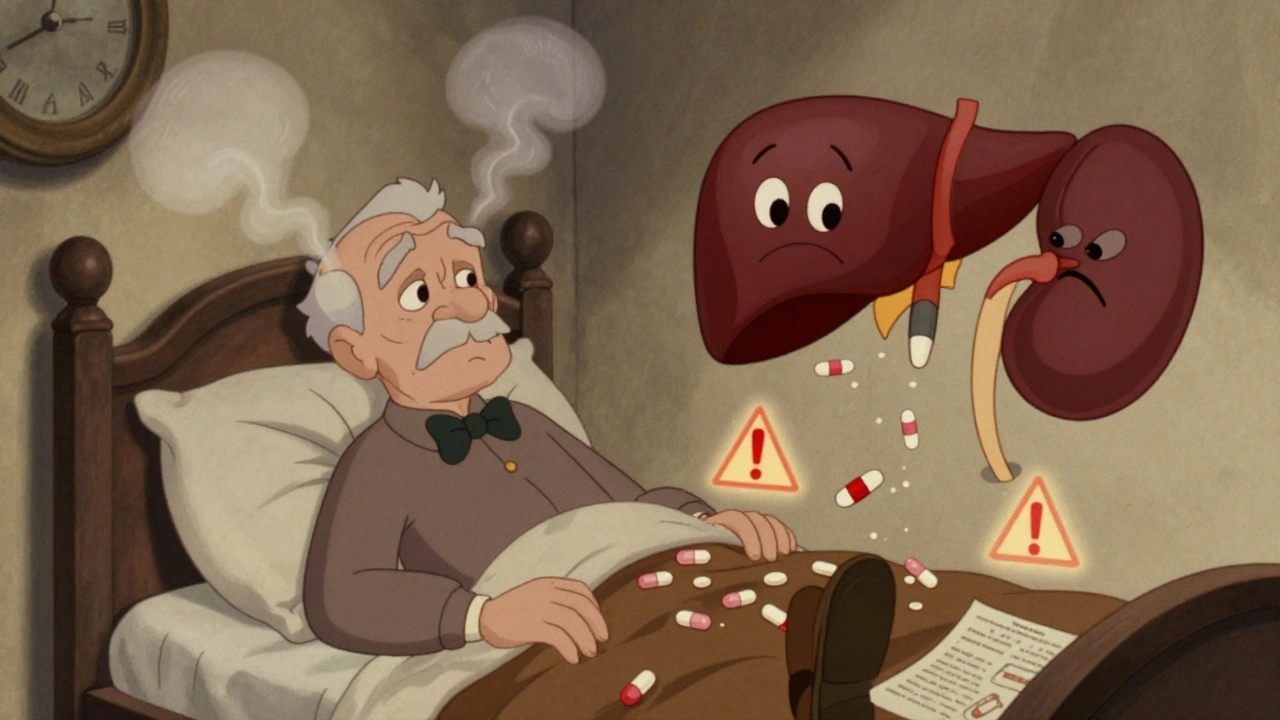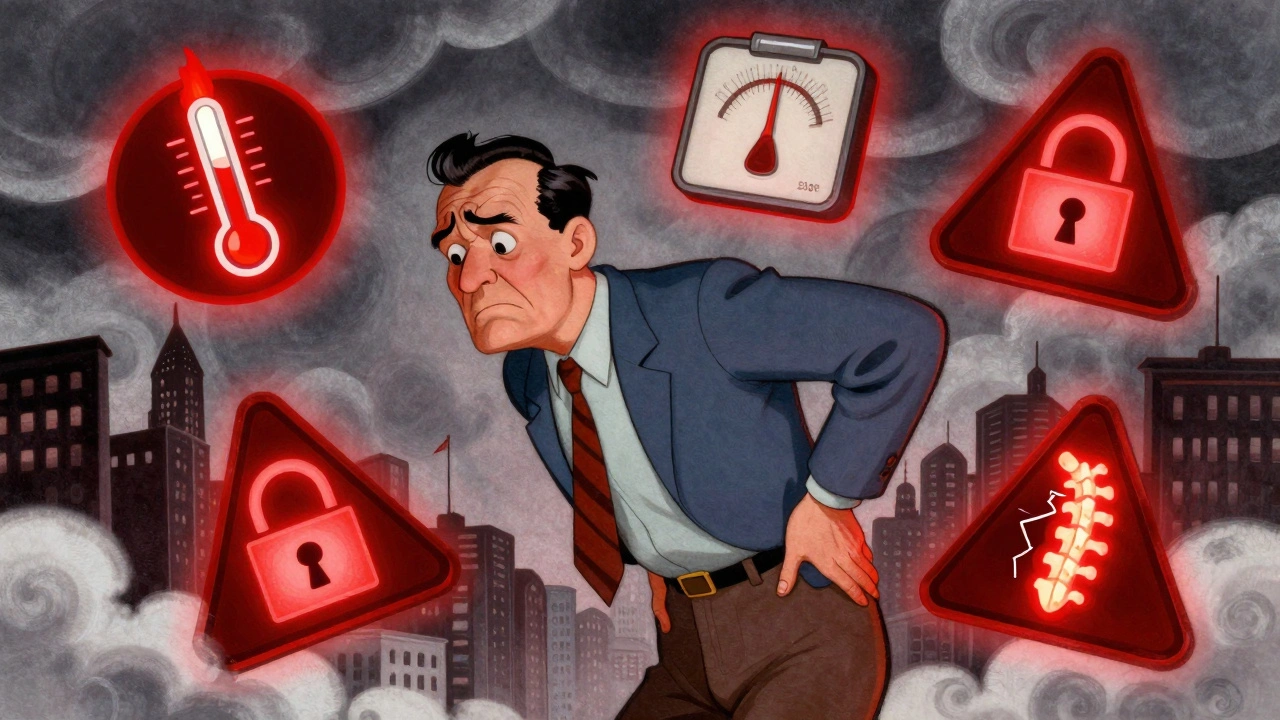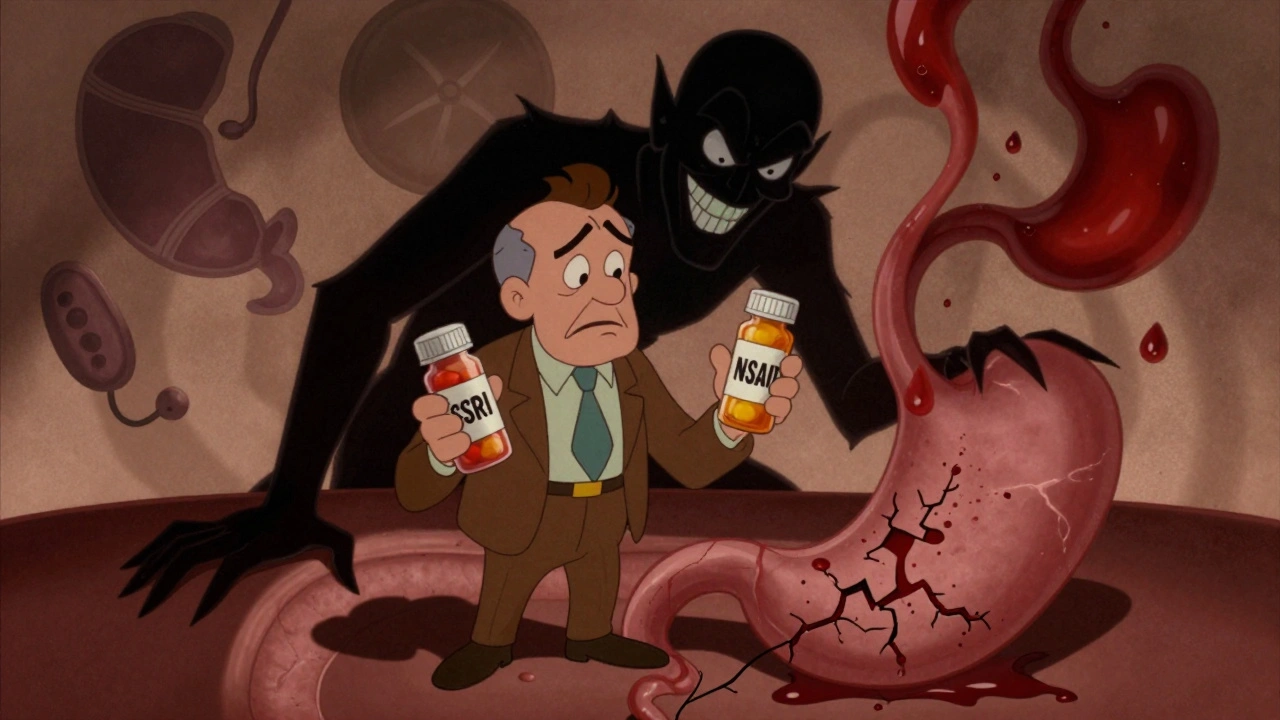Diabetic Ketoacidosis: Causes, Signs, and What You Need to Know
When your body doesn’t have enough insulin, it can’t use sugar for energy, so it starts burning fat instead. That process produces acidic chemicals called ketones, which build up in your blood and turn it acidic. This dangerous condition is called diabetic ketoacidosis, a life-threatening complication of diabetes caused by severe insulin deficiency and high blood sugar. It’s also known as DKA, and it’s one of the most urgent reasons people with diabetes end up in the emergency room. It doesn’t just happen to people with type 1 diabetes—it can also strike those with type 2, especially if they’re sick, stressed, or stopped taking their meds.
High blood sugar, a key driver of diabetic ketoacidosis, occurs when glucose stays in the bloodstream instead of entering cells. Without insulin, your cells starve even though there’s plenty of sugar around. Your liver responds by dumping even more glucose into your blood, making things worse. At the same time, your kidneys try to flush out the excess sugar through urine, which pulls water and electrolytes with it. That’s why people with DKA often feel thirsty, urinate nonstop, and get dehydrated fast. The ketones add another layer—they make your blood too acidic, which can mess with your brain, heart, and breathing.
Insulin deficiency, the root cause of diabetic ketoacidosis, can happen suddenly due to missed doses, infection, or new-onset diabetes. Many people don’t realize they have diabetes until they collapse from DKA. Others who’ve had diabetes for years might skip insulin when they’re sick, thinking they don’t need it if they’re not eating. That’s a dangerous myth. Even if you’re not eating, your body still needs insulin to keep ketones in check. Infections, heart attacks, strokes, or even severe emotional stress can trigger a spike in hormones that block insulin’s effect—leading straight to DKA.
What you’ll find in the posts below are real, practical stories and science-backed facts about how this condition connects to other health issues. You’ll see how it relates to diabetic kidney disease, fluid retention from medications, and why controlling blood sugar isn’t just about feeling better—it’s about staying alive. Some posts explain how certain drugs can make DKA more likely, while others show how early signs like fruity-smelling breath or confusion are often missed. There’s no fluff here—just clear, direct info on what to watch for, what to do, and how to prevent it from happening again.
Diabetic Ketoacidosis: Warning Signs and Hospital Treatment
Diabetic ketoacidosis (DKA) is a life-threatening diabetic emergency marked by high ketones, acidosis, and dehydration. Recognize early signs like extreme thirst, vomiting, and fruity breath. Hospital treatment requires IV fluids, insulin, and electrolyte correction. Delaying care increases death risk.






